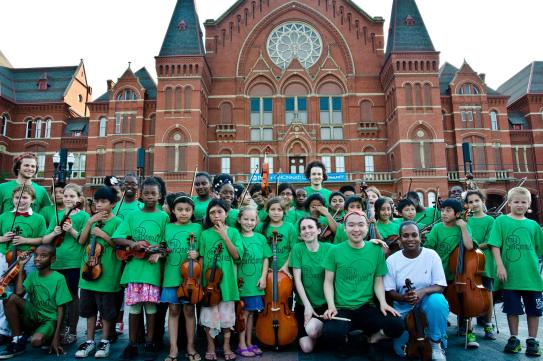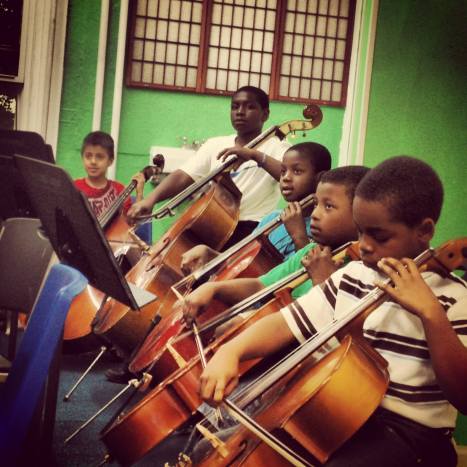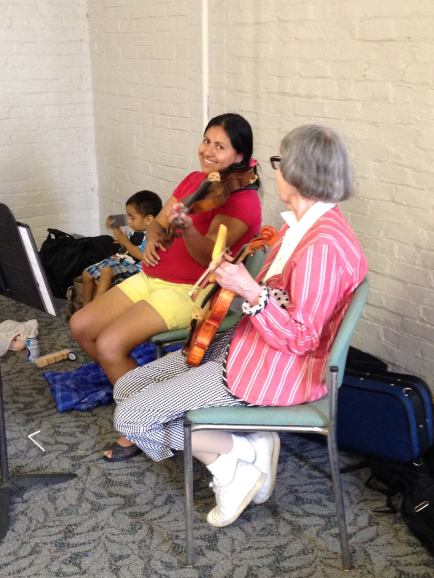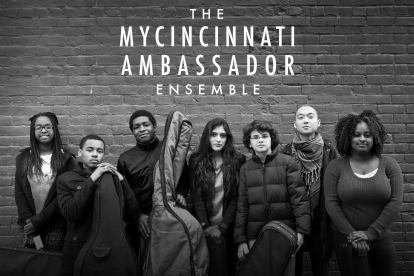Memorial Day is a fine American tradition. Once a year, we have the opportunity to pause and reflect on those who have died while serving in the country’s armed forces. Having now just celebrated the occasion, it behooves us to think more broadly about veteran’s affairs and the ways in which we as a community can support those who have sacrificed and served.
Cincinnati veterans are fortunate in terms of the services and opportunities available to them. This means, of course, that the rest of the Queen City’s population can easily become involved in the projects and programs that serve our nation’s veterans.
Of particular note to those living in Cincinnati are two organizations: the Joseph House and the Tristate Veterans Community Alliance (TVCA). cincyopolis recently sat down with Nathan Pelletier – Director of the Joseph House, Director at Large on the board of the TVCA, and himself a veteran – in order to learn more about these programs and understand better the needs of veterans in our community.

Nathan Pelletier, Director of Joseph House
Mr. Pelletier is a commanding presence in the room. Broad-shouldered and well-spoken, he cuts the sort of figure that one would expect from a soldier. His military history, however, sets him apart from other faces in the crowd. Mr. Pelletier graduated from West Point and completed training at Army Ranger and Airborne schools. He then served in Operation Iraqi Freedom as an infantry platoon leader, an executive officer, and a company commander. As such, he earned a Combat Infantry Badge and a Bronze Star for outstanding leadership. Mr. Pelletier came to Cincinnati to work at P&G and has since shifted his career focus to working with fellow veterans who are finding the transition to civilian life to be particularly difficult.

A Joseph House residence on Pleasant Street
At Joseph House, Mr. Pelletier manages a staff of twelve people who assist homeless veterans battling addiction. The organization has its headquarters at 1526 Republic Street, but housing for the thirty-six inpatient clients spreads across five properties in Over-the-Rhine. At each building, Joseph House provides a safe and sober living environment as well as personalized counseling and education services.
Joseph House establishes a lasting relationship with its clients. After months of helping clients develop sober living habits, Joseph House personnel help their graduates reunite with family, find steady employment, achieve financial stability, and become mentors and advocates for new clients in the program. Indeed, Joseph House creates a life-long network of support whose goal is to ensure that all veterans thrive as productive members of the civilian community.

The Tristate Veterans Community Alliance shares this laudable goal. The mission of this organization is to make Cincinnati and the surrounding area hospitable to veterans by providing a kind of clearinghouse for available services. Since many veterans and their families may not know how to access particular resources or even know that certain opportunities exist, the TVCA streamlines access and referrals across veteran services in the area. With particular focus on education, employment, mentorship, and health services, the TVCA guides both veterans and their families through the twists and turns of reintegration to civilian life.
Both the Joseph House and the TVCA are looking to improve and expand the work they do in the community. Mr. Pelletier is in the process of a five-year plan to revamp the Joseph House from the inside out. After first focusing internally on developing a lasting clinical and operations team, Mr. Pelletier has turned his focus outward. He is working now to build partnerships with and create awareness in the community in order to connect veterans with the services they need. With greater resources, Mr. Pelletier looks forward to greater outreach to and inclusion of female veterans. He also seeks to centralize operations in a single, modern facility.
To achieve the goals, Mr. Pelletier and the Joseph House staff will need the active support and assistance of the community. To make a donation and to find out how you can help, please follow the links below.


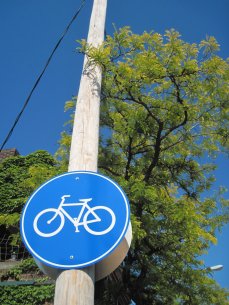 s should redesign local streets to include bike lanes and shared-use road markings. By revising its street design laws to require these types of accommodations for cyclists, cities can create an environment that is more conducive to cycling. Some cities, such as Cleveland, have adopted “complete streets” ordinances, which require that, in addition to traffic lanes for cars, streets also provide bike lanes and bus/streetcar lanes constructed using permeable materials to prevent stormwater runoff (
s should redesign local streets to include bike lanes and shared-use road markings. By revising its street design laws to require these types of accommodations for cyclists, cities can create an environment that is more conducive to cycling. Some cities, such as Cleveland, have adopted “complete streets” ordinances, which require that, in addition to traffic lanes for cars, streets also provide bike lanes and bus/streetcar lanes constructed using permeable materials to prevent stormwater runoff (


 My first exposure to intentional community was last year, when I spent the month of January as an artist-in-residence at a cooperative in Berkeley, California. During that eye-opening time sharing meatless meals and meaty conversations, I accepted a job offer in Cincinnati. I had only a few weeks to figure out where I would live and, not knowing a soul, I took to the internet to explore what Cincinnati might have to offer in terms of community-driven shared living situations.
My first exposure to intentional community was last year, when I spent the month of January as an artist-in-residence at a cooperative in Berkeley, California. During that eye-opening time sharing meatless meals and meaty conversations, I accepted a job offer in Cincinnati. I had only a few weeks to figure out where I would live and, not knowing a soul, I took to the internet to explore what Cincinnati might have to offer in terms of community-driven shared living situations.

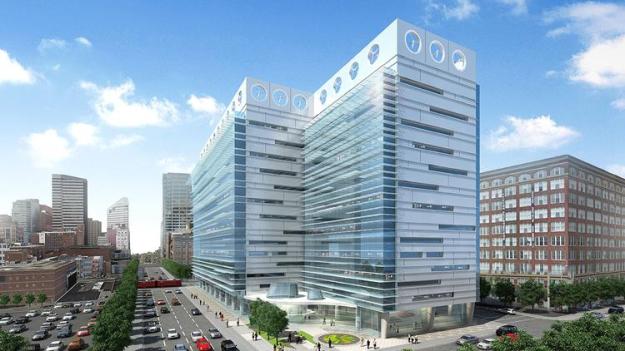
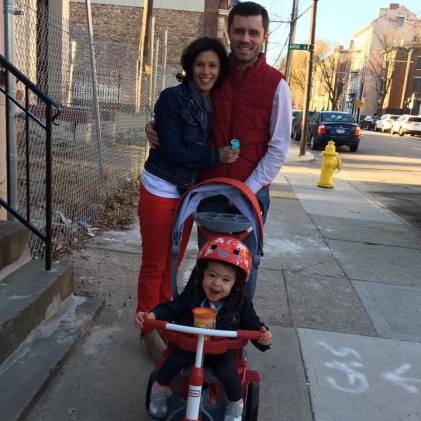
 At the time of their search, the building they fell in love with was part of 3CDC’s ‘
At the time of their search, the building they fell in love with was part of 3CDC’s ‘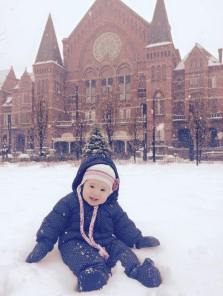 An accurate appraisal of the project proved to be the greatest obstacle on the course. At the time, single-family homes were an anomaly in the neighborhood, so there were no comparable standards of measure for their project. Appraisers neglected the couple’s development plans and kept producing estimates that reflected the property’s foreclosure cost from years ago.
An accurate appraisal of the project proved to be the greatest obstacle on the course. At the time, single-family homes were an anomaly in the neighborhood, so there were no comparable standards of measure for their project. Appraisers neglected the couple’s development plans and kept producing estimates that reflected the property’s foreclosure cost from years ago.
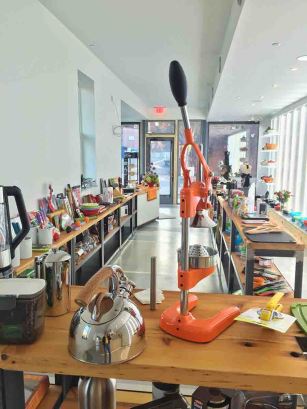
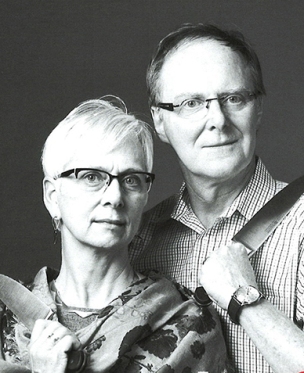
 Opening a business is never an easy task, and the experience of Brad and Karen is no exception. The two struggled at first to find a location. “The point was never just to open a storefront and work to make money. We’re doing this because we want to add something to the community, and the most logical place to make a contribution of this sort is around Findlay Market,” explains Karen. So the two had to compete against larger development groups that already have multiple projects in the neighborhood just to secure a property. Perseverance and savvy diplomacy finally earned them the nineteenth-century structure located just on the north edge of the market’s parking lot.
Opening a business is never an easy task, and the experience of Brad and Karen is no exception. The two struggled at first to find a location. “The point was never just to open a storefront and work to make money. We’re doing this because we want to add something to the community, and the most logical place to make a contribution of this sort is around Findlay Market,” explains Karen. So the two had to compete against larger development groups that already have multiple projects in the neighborhood just to secure a property. Perseverance and savvy diplomacy finally earned them the nineteenth-century structure located just on the north edge of the market’s parking lot.



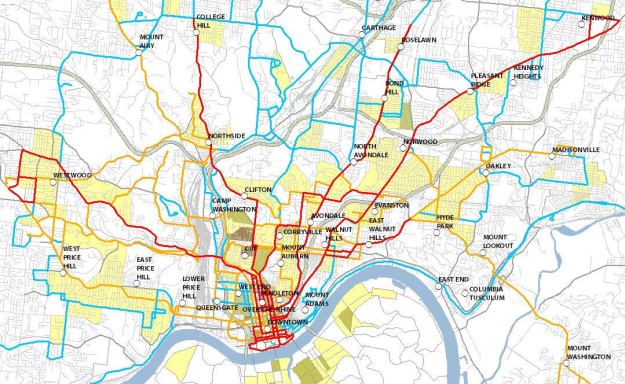 Population density is also important. Ten-to-twenty persons per acre can support good levels of transit ridership (shown in the lightest yellow), and above twenty persons per acre can support very good levels of transit ridership. The darkest yellow-brown represents 30 or more persons per acre. When areas have high employment and population densities combined, they are very likely to support very good levels of transit.
Population density is also important. Ten-to-twenty persons per acre can support good levels of transit ridership (shown in the lightest yellow), and above twenty persons per acre can support very good levels of transit ridership. The darkest yellow-brown represents 30 or more persons per acre. When areas have high employment and population densities combined, they are very likely to support very good levels of transit.